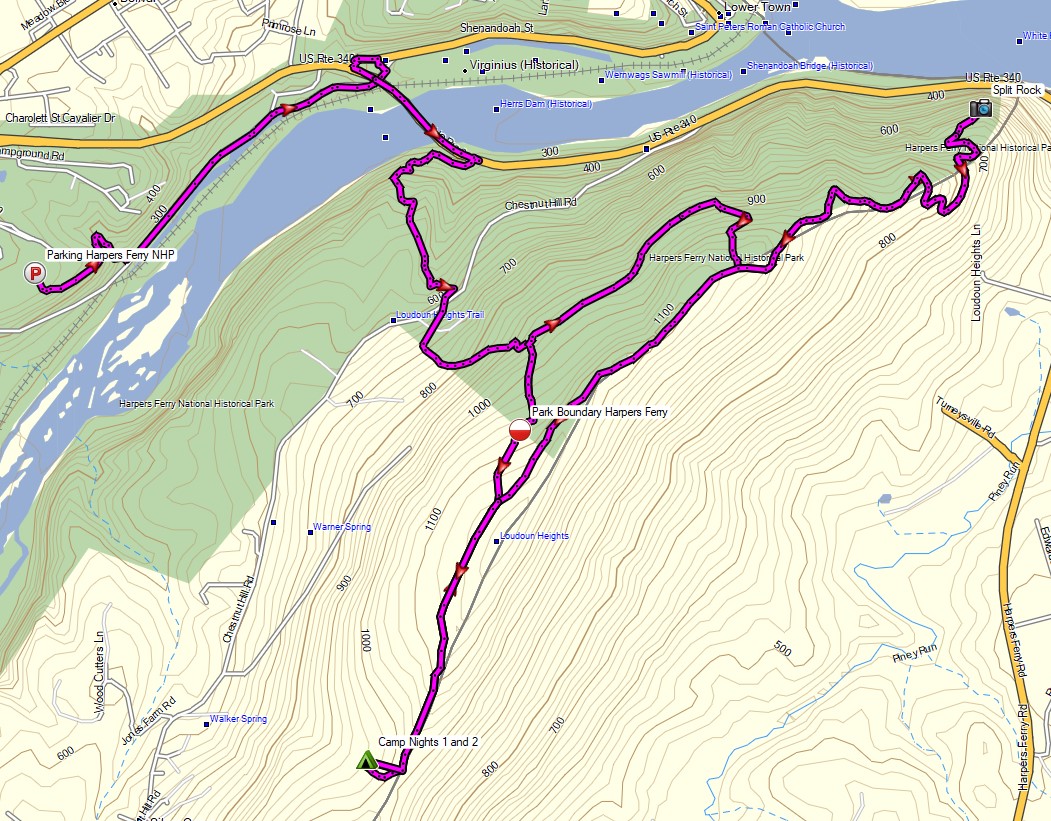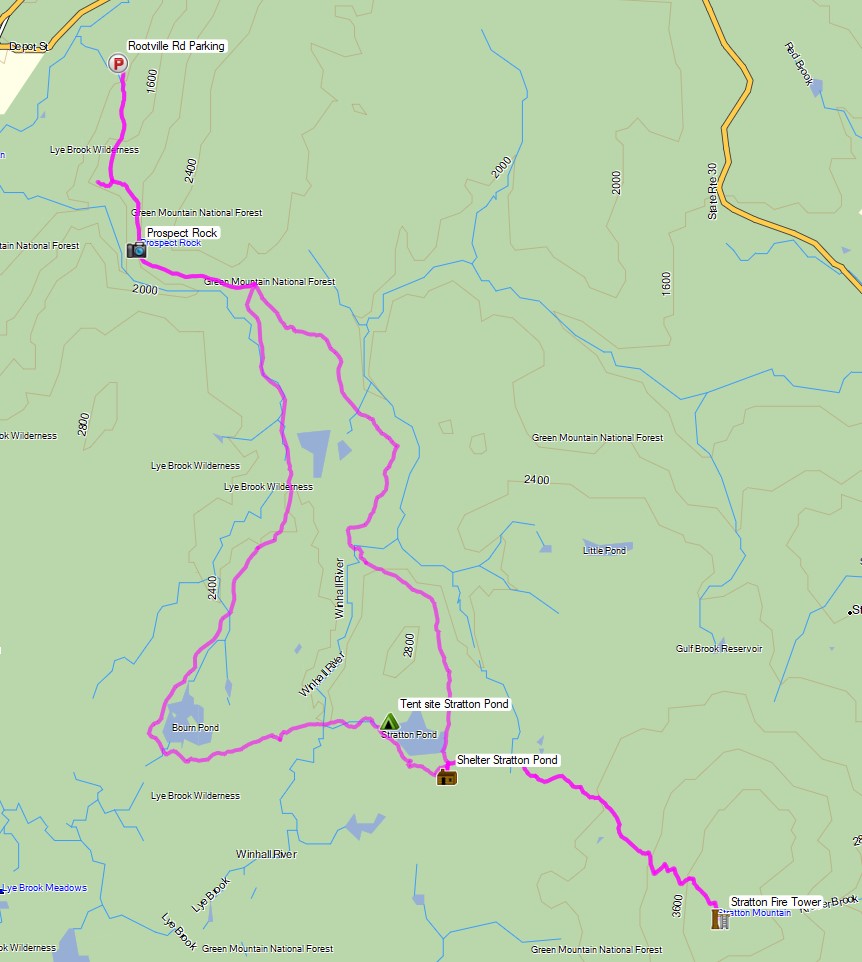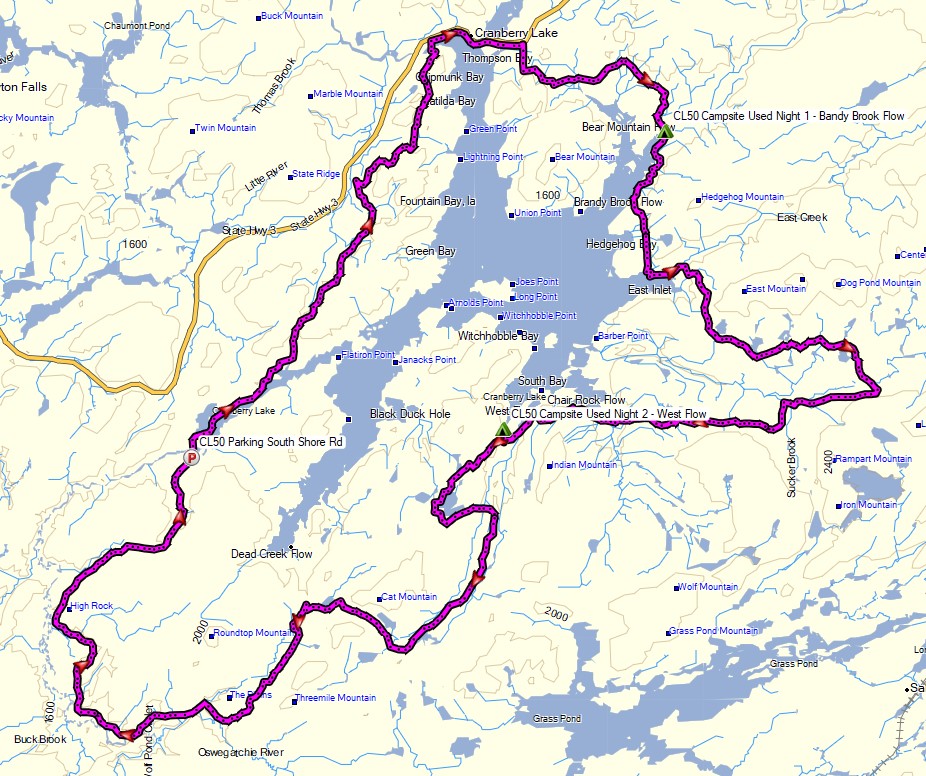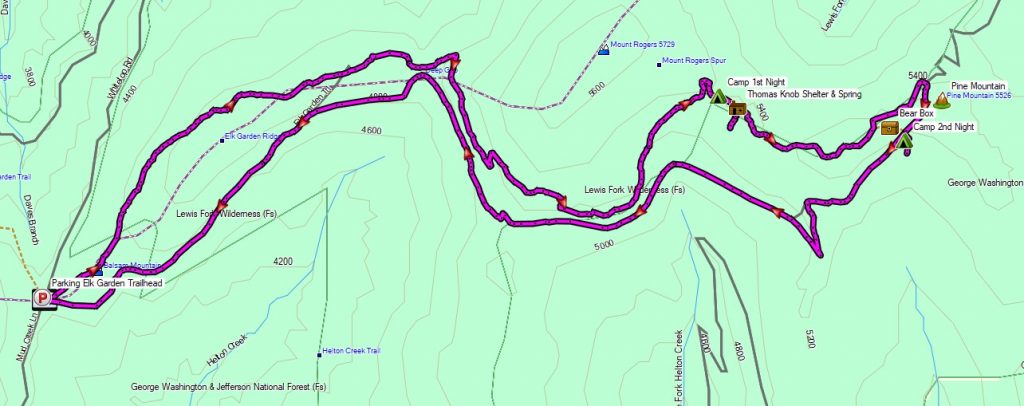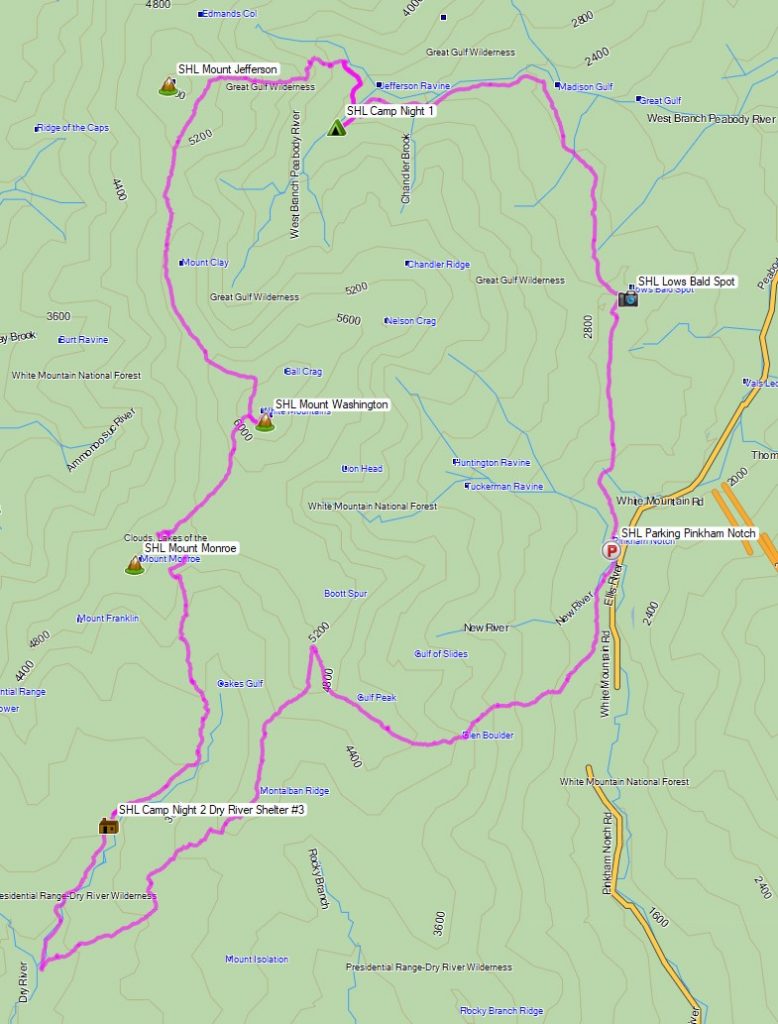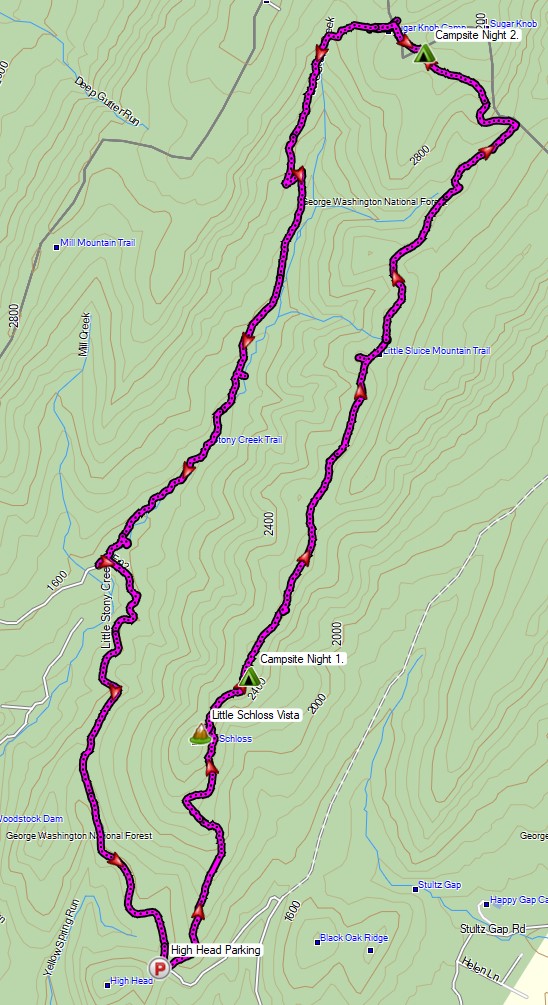Hammock Camping, Trail Cooking and the search for an Elusive Hearth in the Woods of West Virginia.
FTC Disclosure: This post contains affiliate links, which means I may receive a commission for purchases made through some of my links.
For this early February hammock camping trip, I set out to hike a 3 day hike with a nostalgic goal – to find a giant campfire hearth that my friend and I had built five years ago, somewhere off of the Appalachian Trail near the town of Harpers Ferry, West Virginia. I had always wondered if it was still standing after all these years, and thought it would be a great excuse to spend some time in the woods a cook some hearty camping meals.
My weather conditions were forecasted to have a pretty wide range during this trip, from the upper 50’s down to 30 degrees each evening. I had a rough idea of the hearth’s location. We built it at camp not too long after leaving the Harpers Ferry National Historic Area’s boundary while heading south on the Appalachian Trail. My goal for the first day was to get myself to a legal camping area in this general area so I could search for it first thing the next morning. If I found it early, I would then have the option to do a day hike to Loudoun Heights and Split Rock for views of the Shenandoah River and Potomac River below the ridge.
For sleep and shelter on this trip, I went with a simple hammock camping and ultralight tarp setup (gear list below). I used the extra space in my winter backpack to load up on extra clothing layers, a saw for harvesting firewood, a stool for working in my makeshift camp kitchen, and my white gas stove system paired up with a fry pan and diffuser to try my hand at baking some trail bread at camp. The cooler temps also allowed me to bring some “real” food, so I brought along some ingredients to make some smoked sausage one day and pasta with a slow cooked meat sauce the next.
This trip video was sponsored by Anker and their model 521 and 535 Portable Power Station.
Full GPS track data, including campsites, etc, for this trip and many others can be downloaded on my Trip Data Page.

